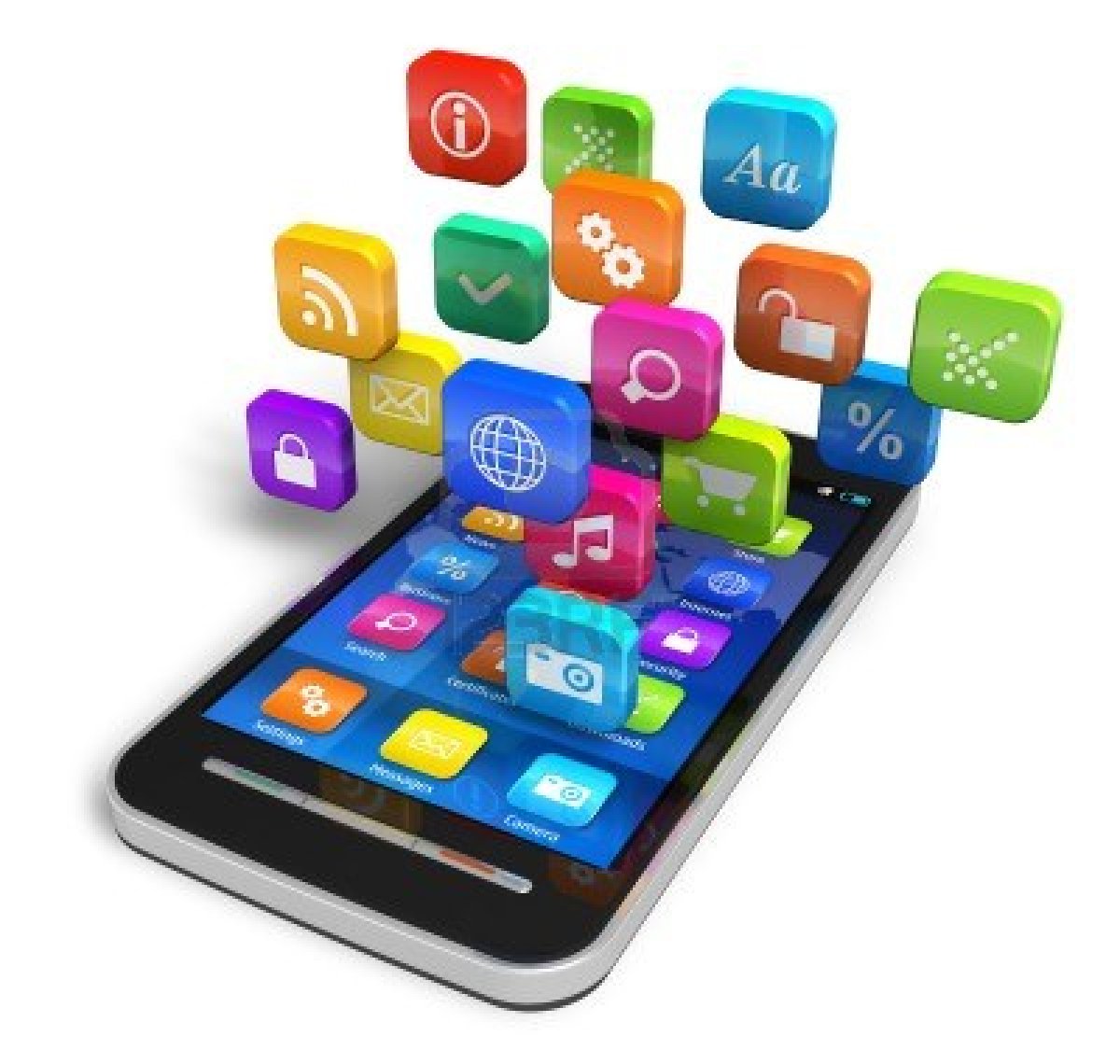 The older adult coronavirus statistics skew toward oldest. There are more than 69 million people aged 60+ in the US. The oldest adults that appear to be at greatest risk dying from Covid-19 are not those of a specific age, but those in the oldest age ranges, particularly with 'underlying conditions.' From the CDC released April 8: Rates of hospitalization (4.6 per 100,000 of population) during the month of March indicated 13.5% of those hospitalized were aged 65+. And 90% of hospitalized patients identified through COVID-NET had one or more underlying conditions, the most common being obesity, hypertension, chronic lung disease, diabetes mellitus, and cardiovascular disease. The US statistics do what nearly all US data analysis does – 'older adult' equals 65+. But look at South Korea (in an article intended to make millennials nervous), the death rate in Covid-19 patients ages 80 and over was 10.4%, compared to 5.35% in 70-somethings, 1.51% in patients 60 to 69, 0.37% in 50-somethings.
The older adult coronavirus statistics skew toward oldest. There are more than 69 million people aged 60+ in the US. The oldest adults that appear to be at greatest risk dying from Covid-19 are not those of a specific age, but those in the oldest age ranges, particularly with 'underlying conditions.' From the CDC released April 8: Rates of hospitalization (4.6 per 100,000 of population) during the month of March indicated 13.5% of those hospitalized were aged 65+. And 90% of hospitalized patients identified through COVID-NET had one or more underlying conditions, the most common being obesity, hypertension, chronic lung disease, diabetes mellitus, and cardiovascular disease. The US statistics do what nearly all US data analysis does – 'older adult' equals 65+. But look at South Korea (in an article intended to make millennials nervous), the death rate in Covid-19 patients ages 80 and over was 10.4%, compared to 5.35% in 70-somethings, 1.51% in patients 60 to 69, 0.37% in 50-somethings.
Fear and isolation permeate all 'older' segments. So even if a small percentage of older adults are likely to die of Covid-19, nearly everyone over the age of 60 (and their kids, grandkids) has read the 'This means you' guidance. For a state like Florida, where more than 26% of the population is aged 60+, these fear-inspiring percentages stop individuals cold in their well-spaced retail paths, cram the grocery lot at early shopper times; demand walking across the road to stay socially distanced; are counted by spacing clickers entering Home Depot -- as masks and face coverings proliferate and only frightened eyes can be seen. For the worried well, which includes nearly all, the panic has penetrated psyches, crafting a fear of encounter that may dissipate slowly even when the official lockdown ends. The result? Staying home will be a habit, past the point that it is a requirement.
As the retreat to home settles in, what does it mean for technology use? It would be nice to think that the oldest adults at home or in senior living are Skyping, Zooming, and FaceTiming away. And in the face of this lockdown, likely more technology may be used at home by older adults than is detectable in surveys. But it is unlikely to make a major adoption dent among the oldest and/or lowest income. Not much chance to mitigate the isolation from family in locked-down nursing homes or assisted living. The average cost of broadband in the USA is $60/month. An older iPad mini is $95 – the average smartphone was $528 last year. Using the most recent data, home broadband adoption drops off notably in the upper age ranges, down to 59% of the 65+, though surveying of the older age ranges is infrequent. AARP addressed the 70+ population with a few statistics recently, including 40% tablet adoption, and 62% smartphone adoption.
A significant adoption change will occur after the current crisis ends. The refurbished tech market is skyrocketing from Covid-19’s work-at-home mandate. Could the 2020 catastrophe be the catalyst to boost tech use up to 90% among all older adult segments, at home or in senior living, propelling adoption of telehealth forward for older adults? The senior living industry is under intense pressure as a result of Covid-19, with a precipitous drop in move-ins occurring and predicted. At the same time, the isolation of residents from families and even from each other in locked down communities has created a business opportunity for telehealth and remote care technology firms – with a spike in interest and demand. Vendors could use their unsold inventory from 2019 first half and donate it to senior living communities, senior centers and social services organizations. And telecom service providers could step up and discount – in partnership with device vendors and the refurbished market. Why not?
[NOTE: If you receive this in email, click on the website directly at ageinplacetech.com to view other research and articles.]

 The older adult coronavirus statistics skew toward oldest. There are more than
The older adult coronavirus statistics skew toward oldest. There are more than
Comments
GrandPad
GrandPad is a simple, safe and secure tablet for seniors. A solution addressing isolation and loneliness is needed now more than ever.
Stay safe and healthy.
GrandPad
Mentioned in today's post.